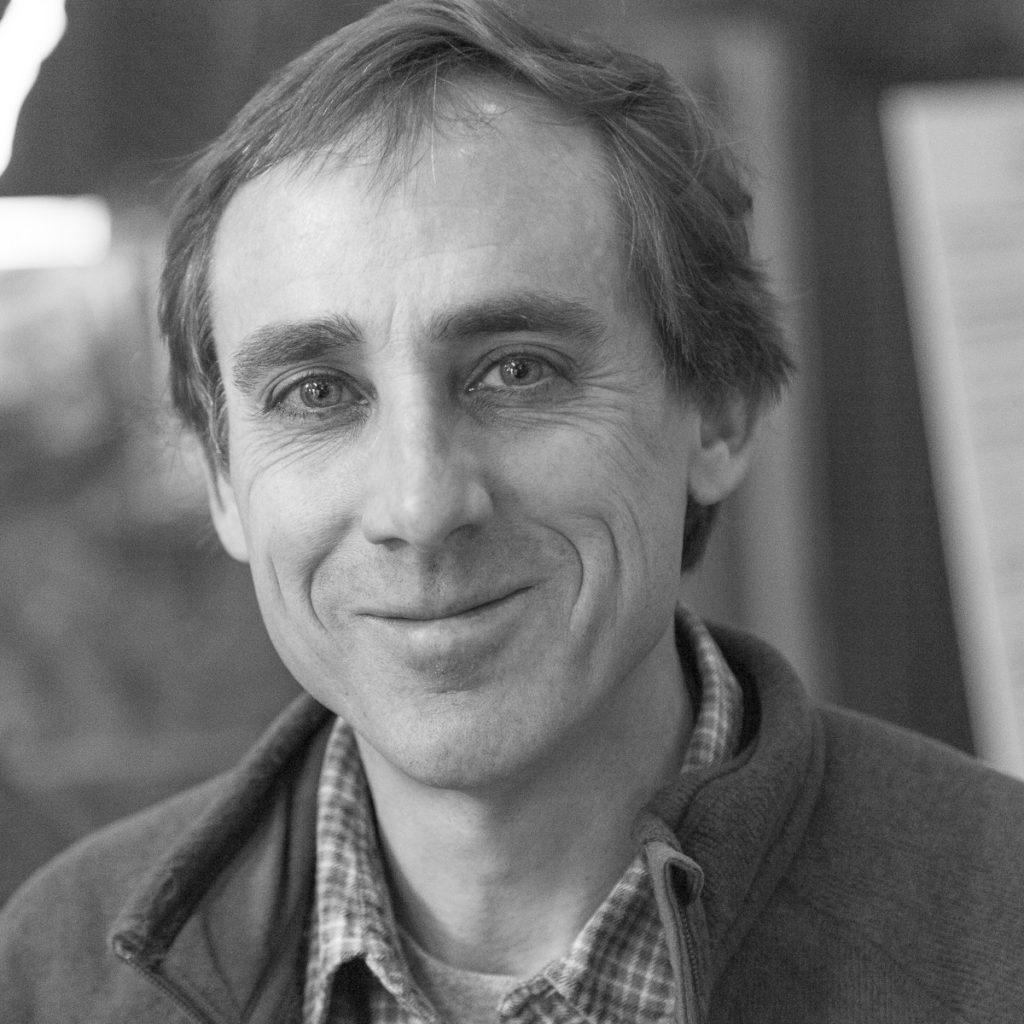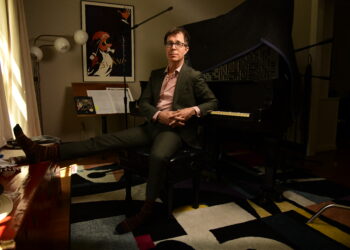
By Todd Wilkinson EBS ENVIRONMENTAL COLUMNIST
There he is in a photograph taken 22 years ago—a young man, his eyes and grin wide across robust cheeks.
Full of optimism, the way we all are at that age, he is standing on the porch of a Grand Teton National Park ranger cabin next to his friend and in-country mentor, Jim Springer.
Ang Rita Sherpa came to the U.S. as a 26-year-old from Nepal. He and his family knew Edmund Hillary because of regular visits the late mountaineer paid to the village of Khunde—elevation 13,000 feet, about the same altitude as the top of the Grand Teton.
Hillary was a dear friend of Ang Rita’s father, Mingma Tshering, dating back to 1961, and not long after the summiter of Mt. Everest founded The Himalayan Trust, to give back to the people who had helped make him and his climbing partner, Tenzing Norgay Sherpa, famous.
Ang Rita, in fact, attended a school Hillary helped build.
Mingma Tshering and Hillary counseled that what Nepal needed most were not more porters toiling subserviently for foreign climbers, but homegrown, well-educated stewards who could care for Sagarmāthā, the name the Sherpas have for Everest in the Khumbu region.
From their encouragement, Ang Rita won an internship to study park management in Yellowstone and Grand Teton and he hoped to carry knowledge back with him. It was his dream to do something more heroic than scaling 29,029-foot Everest. He aspired to be a conservationist, confronting destructive trends that were directly and indirectly caused by outside forces inundating his isolated province.
At Hillary’s suggestion, he first went to see national parks in New Zealand, but he heard an oft-repeated advisement from Kiwi park rangers: “In New Zealand, everybody talks about Yellowstone,” Ang Rita said. “They told me to see the first park in the world and learn what they are doing.”
Ang Rita’s chaperone in Jackson Hole was Venna Sparks, who regarded the shy student like a son, and she put the two of us in contact. We were about the same age and I wrote a column about him for the then “Jackson Hole News.”
We kept in touch while he was in Wyoming, but over the years lost contact, until an email arrived from Ang Rita a decade ago.
Both of us, we learned, got married and started a family. It turns out that Ang Rita also got busy ascending the slopes of his dream.
Back in 1987, when we met, there was no talk of climate change. The greatest threats to the ecology of Nepal were deforestation caused by people cutting trees for firewood; trash being left behind by outsiders; water quality issues; and poverty, compounded by low wages in the emerging global economy.
Many travelers from this valley have seen the Khumbu with their own eyes.
During the 1990s, Ang Rita had an influential role in winning support for the new Makalu-Barun National Park southeast of Everest. And in 2005, he was promoted by his employer, The Mountain Institute to serve as senior program manager.
Mountain Institute’s mission: “Advancing mountain cultures and preserving mountain environments.”
In our own shielded cocoons, some of us Americans choose to deny the existence of climate change, as if denial will make it go away, but Ang Rita lives with it. It is real, every day.
Hundreds of millions of people on the flanks of the Himalaya, from India to China, derive their drinking water from its ice- and snow-covered slopes. The frozen aqua is melting faster than it is being retained.
Along with the Arctic, alpine zones are the front lines of climate change and while wealthy nations can afford the delusion, for now, of feeling insulated, poorer countries along coastal areas and in rural Nepal have no such luxury.
Ang Rita Sherpa came to us, aspiring to learn, but in his transformation from young man to now an environmental elder and father, he is a carrier of valuable knowledge.
Ever humble, he credits his time with Kim and her husband Jim Springer, now a retired Jenny Lake Climbing Ranger, and Thelma Sparks for helping him realize his ability to make a difference.
I am proud of my friend, and how he followed through, carrying out the promise he made to himself, and bringing honor to the memory of Hillary and his late father, Mingma Tshering. My, how time flies.
As a post-note, the dream of Hillary and Mingma Tshering has taken form with creation of the home-grown Khumbu Climbing School, established with mighty help from noted climber Conrad Anker and his wife, Jenni Lowe-Anker in Bozeman. It exists to teach climbing skills to high-altitude workers in the Khumbu region. Not long ago, a third of all the fatalities on Everest were Sherpa people assisting outsiders in their ascent.
Todd Wilkinson is the founder of Bozeman-based “Mountain Journal” and is a correspondent for “National Geographic.” He’s also the author of “Grizzlies of Pilgrim Creek” about famous Jackson Hole grizzly bear 399.













